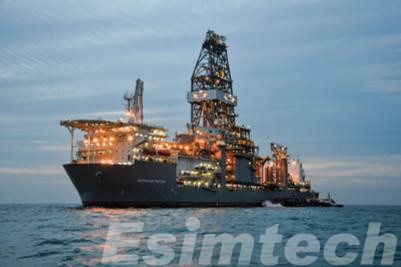Issues and Status of the Subsea Production Systems
Issues and Status of the Subsea Production Systems
Blog Article
The offshore oil and gas industry is also more globalised, and is pushing ever deeper. With the development of new technologies, hopes for subsea production systems are increasing. These are high-risk systems with substantial investment costs, and the safety of the technology and good machine performance are important for their successful development.
Notwithstanding widely developed subsea production systems, some issues have not yet been resolved.

1. Difficulties Encountered in the Design of Subsea Production System
Produced Fluids from Subsea Wells Processing
As digitalisat ion pract ice is becoming common, it is quite possible that the traditional oil and gas processing plants located on the surface or onshore are starting to put on a face mask before delving down to the sub sea realm. This is a move to honestly carry out the subsea processing of both oil and gas, and a leap in recovery rate that extends the lifetime of oil and gas fields.
Subsea Equipment Selection
The properties of oil and gas field production in subsea systems make the requirements for reliability and safety of subsea systems even more stringent than those for the equipment used onshore or offshore. In addition, the equipment is also required to have high resistance to pressure and corrosion, as the deep-sea harsh environment is characterized by a high pressure and a low temperature. With the offshore development being conducted at growing depths of water, subsea control technology has been developed from the earliest use of simple direct hydraulic control to the current use of advanced electrohydraulic control. The continuing emphasis, then, is on the reliability of pipelines and their equipment, on the design of safe, reliable and sensitive control and monitoring systems.
Flow Assurance in Subsea Pipelines
Flow assurance is one of the most challenging problems associated with offshore oil and gas development in subsea pipelines. Key challenges include:
Preventing or at least minimizing production from becoming (a) restricted due to wax loading and sand plugging, and (b) subjected to severe slugging and hydrating;
Formulating optimal rational shutdown and restart strategies in order to reduce the effect of attacking on system integrity;
Dealing with Subsea unkowns;
Reducing or inhibiting the corrosive action of subsea pipes.
2. Subsea Production Systems Development
Long-horizon flow assurance, subsea power transmission and all electric controls, subsea installation methods, reliability/integrity management of subsea systems and subsea production in polar regions are typical examples of the state-of-the-art technology in the field of subsea production systems. These systems are examples of complex knowledge-based systems that owe their existence to the application of interdisciplinary high technologies, and present a formidable challenge to both research and development in both academia and industry.
Offshore oil and gas development has always been greatly important to China. With development goals from the shallow Bohai Sea moving to the deep East China Sea and the deep South China Sea, the significance of subsea production system will be more and more significant. However, rhythm technologies of the exploitation of deep-water platform oil and gas were still monopolized by overseas-company, and the engineering experience is very poor in china and also heavily relied on foreign technology. To independently design the development schemes for offshore oil and gas fields, to localize subsea production system, to improve technology and equipment level, and to decrease dependence on foreign technologies all require ardent work.
3. Suggestions for Further Development
To overcome these problems, the measures below are suggested:
In-depth study of advanced subsea production systems A systematic study should be made on advanced foreign subsea production systems, with an in-depth understanding of the leading-edge technology which suits China's local conditions to ensure the safety and reliability of the system.